Car carrier sector capacity management leads the way
The Carrier Car industry has emerged from the global recession with what looks like limited damage compared with the head-on collision others experienced.
Drewry believes that this sector, with its small orderbook, is better positioned than most others in the shipping industry, who suffer from large newbuilding orderbooks, to weather a double-dip recession.
The downturn hurt car-carrying vessels, with capacity utilization falling significantly. Operators are now less likely to charter tonnage for long periods, instead placing an emphasis on full employment of owned tonnage.
With limited numbers of newbuild vessels coming into service, increased demand is easier to meet and an excess of new capacity is not going to blight operators, if the economy retrenches.
Drewry highlights in its latest report that over the next 15 years the global trade in motor vehicles will increase by about 3-4% per year, but the picture of the global seaborne motor vehicle trade is now a complicated one, especially after a period of shifting manufacturing bases from West to East.
This shift towards regionalized production will stifle the deepsea trade to some extent, but will benefit the seaborne trade in containerized vehicle parts.
However, the threat to deepsea trade might not materialize in the near future, as forecasts in Drewry’s Car Carriers report estimate that Japan, the leading contributor to global seaborne vehicle trade, will have strong growth in 2012-15, with European trade returning to its 2007 levels by 2015.
South Korea, the second largest seaborne vehicle trader, will experience an average increase of at least 4.5% for the next 10 years.
Drewry’s Car Carriers report also looks into ports and terminals and the impact they can have on a country’s desire and suitability as a manufacturing hub. India, for example, aims to be the world’s third largest auto maker and is making major investments in infrastructure, including ports and terminals.
Government investment is earmarked for ports totaling $60 billion by 2020, with individual carriers setting up locally to handle the export business for car manufacturers. Other areas of growth include the High & Heavy sector, which will benefit from the inexorable expansion of the mining and agriculture sectors. < Korea Shipping Gazette >
많이 본 기사
- 신년특집 기획/ 새해 컨시장 기상도 유럽 상승 vs 북미 혼조컨운임지수 넉달만에 2500선 넘어…6주 연속↑BDI 1015포인트…케이프·수프라막스선 하락세 이어져해운협회, 부산항내 중대재해 예방 안전캠페인해운조합, 전환교통지원사업 24일까지 공모상하이항 5000만TEU·싱가포르항 4000만TEU 나란히 돌파여수해경, 해양환경관리 모범선박 예인선 <세진 101>호 선정태웅로직스, 한화토탈에너지스 우수 파트너사 선정경기평택항만공사, 평택·당진항 배후단지 업무편의시설용지 분양인천신항 선광신컨테이너터미널, 전기구동 야드트랙터 13대 도입
- 대한조선, 그리스 선사 발주 석유제품운반선 4척 동시명명해양수산부, 김혜정 신임 부산해수청장 선임부음/ 한국선급 최원준 부사장 모친상관세청, 설맞아 수출입화물 선적지원·24시간 통관등 특별대책 시행인사/ 우진글로벌로지스틱스롯데글로벌로지스, ‘소비자불만해결 우수사업자’ 선정BPA, 신년맞이 동절기 부산신항 안전관리 실태 점검SK인천석유화학, 3300t급 급유선 도입…“서해 벙커링시장 경쟁력 강화...케이조선, 미국선급서 암모니아 이중연료추진 제품운반선 설계인증 획득‘항만효율화 공로’ 주성씨앤에어 박진수 대표, 해수부 장관표창 영예





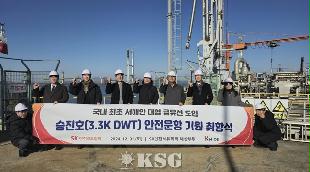

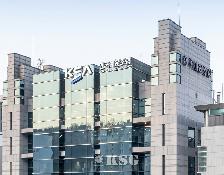
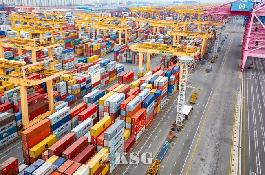
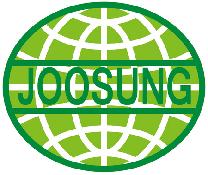

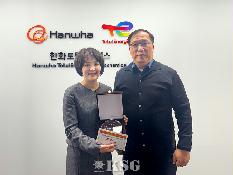

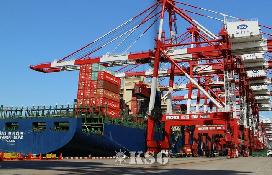
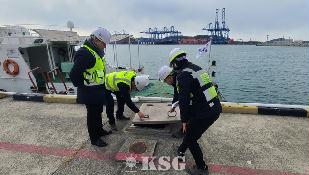
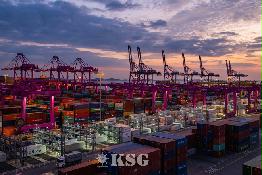
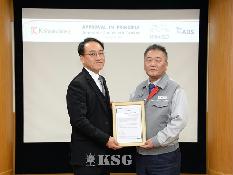
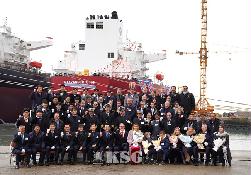

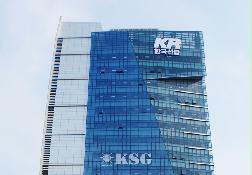
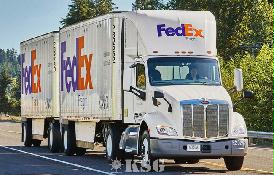
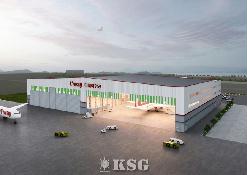
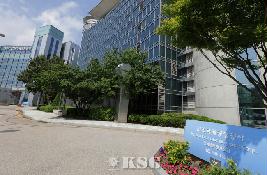

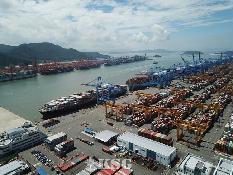
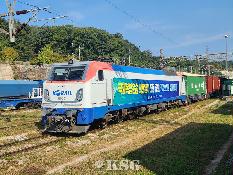
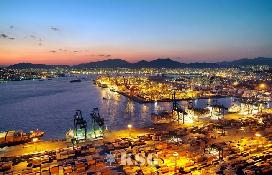
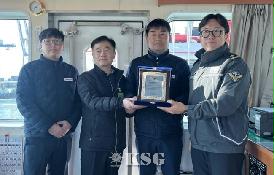
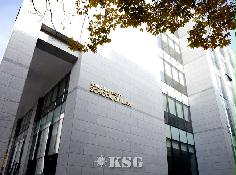
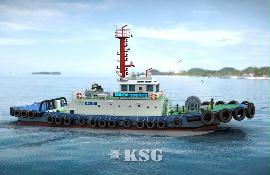
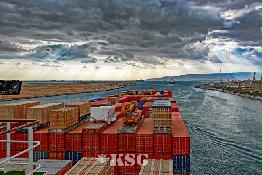








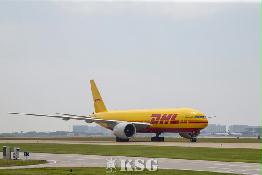
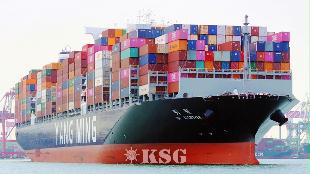
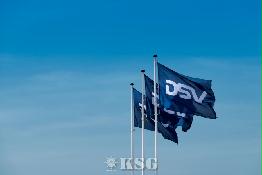
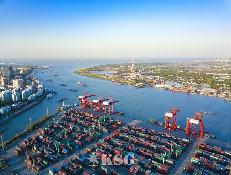









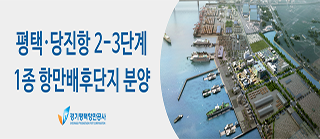












0/250
확인